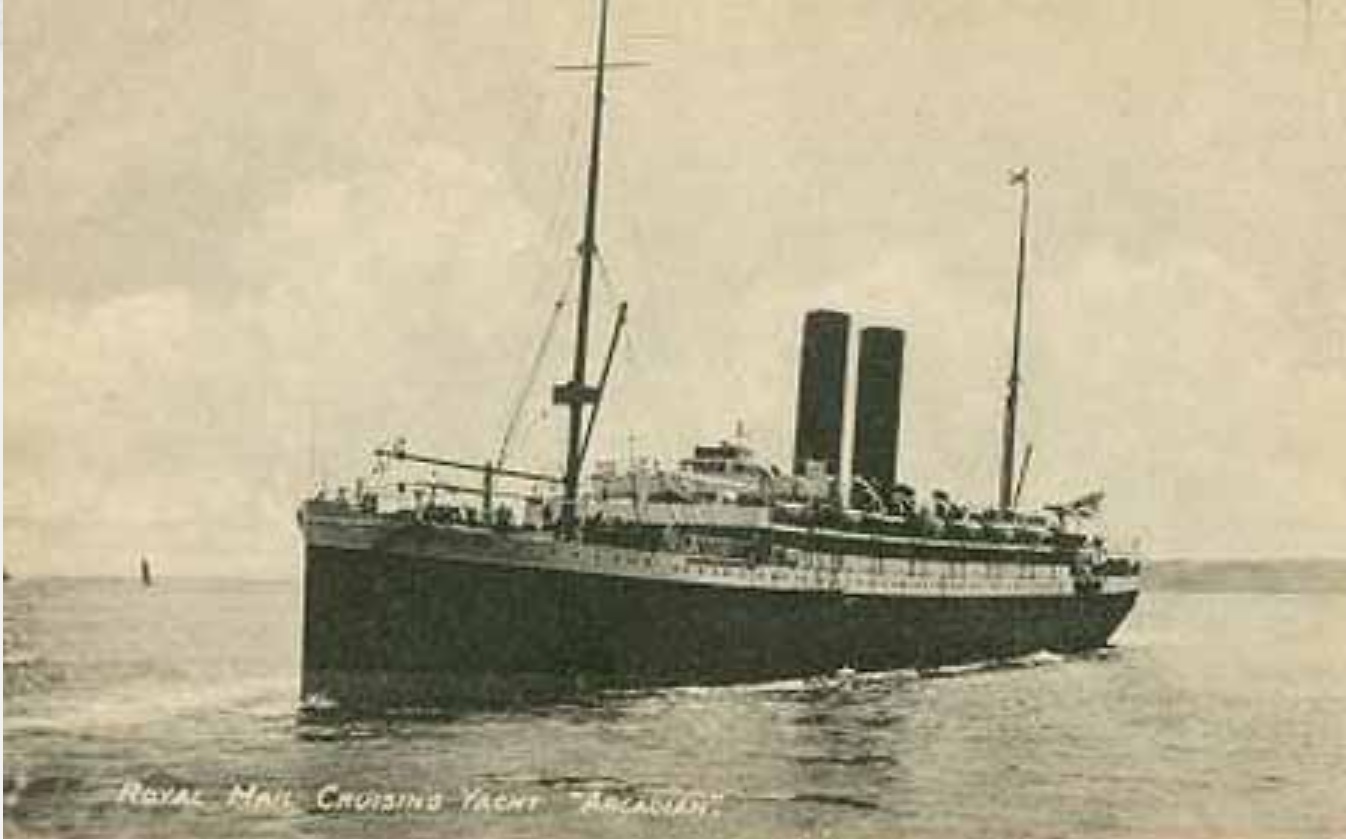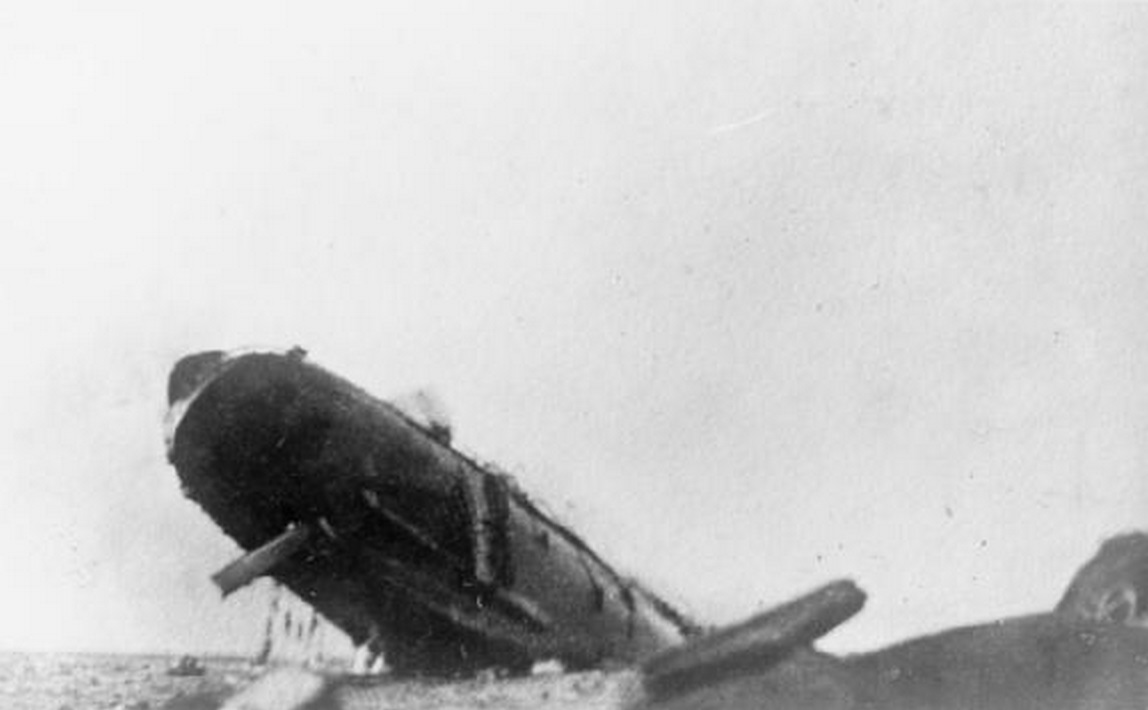THE VILLAGERS OF COLLINGHAM AND LINTON WHO SERVED IN WORLD WAR ONE
COLLINGHAMANDDISTRICTWARARCHIVE.INFO
 CONTACT
CONTACT

Rank Private
Service Number DM2/196301
Service Army
Battalion 895 MT Company
Regiment Royal Army Service Corps
Died: 15th April 1917
Buried Syra New British Cemetery, Syra, Greece
Trade or Occupation pre-war: Publican's son
Marital status: Single
* Taken from attestation papers or 1911 census
** Marital status on enlistment or at start of war
- Ex-service man who moved to Collingham, Linton or Micklethwaite after the war, or (in the case of service men who were killed in the war) whose family moved to the villages after the war.
Biography
Arthur Roberts is included here as his mother, Mrs Harriet Roberts, claimed a dependent's pension, following Arthur's death in the war, and gave her address as The Windmill Inn, Linton.
Family background
Arthur was born in 1886, the eldest son of William and Harriet Roberts of Holbeck, Leeds. In 1901, Arthur was living at 16 Dawson Street, Holbeck with his parents. His father, William, was a publican and innkeeper. By 1911, William had died and the family had moved to 1 Cross Princes Street Holbeck, where Harriet was shown as a publican and the children helped with the business. We believe Harriet moved to Linton after the Great War.
Service record
Arthur served in the Royal Army Service Corps with a service number of DM2/196301. He served with 895th Mechanised Transport Company of the Royal Army Service Corps. This unit was part of the troops assigned to the Headquarters of the British Egyptian Expeditionary Force from July 1917 to October 1918. The role of 895th (MT) Company was as one of two companies in the Caterpillar Tractor Supply Column.
En route to Egypt, 895 (MT) Coy. RASC were embarked on the RMS Arcadian (formerly the SS Ortona - the last ship that Pacific Steam built for the London-to-Australia route). We believe that the Arcadian was transporting troops to Salonika, Egypt and Palestine. She was accompanied by two Japanese destroyers as protection against submarine attack. Apart from one or two scares no major incident took place between the UK and Malta where one of the two destroyers remained. Arcadian with the other destroyer left Malta, and after a few days came within sight of the African coast where a first enemy submarine was spotted. The troop convoy took shelter for a few days in the mouth of a small North African river and waited for a few days. A report suggests that on the third day the other transport ventured out but returned soon damaged after an attack. Later Arcadian, with the destroyer in support, left the river mouth and successfully made it to Salonika where those troops destined for that front disembarked. Under cover of darkness, Arcadian with the Egyptian contingent set sail again and made their way through the Aegean Archipelago.
On 15 April 1917, shortly after completing a boat drill, and while 26 miles north east of the Greek island of Milos, the Arcadian, loaded with a company of 1,335 troops and crew was hit by a single torpedo from the German submarine UC-74 and sank within six minutes with the loss of 279 lives. A contemporary newspaper article described how four of Arcadian's overcrowded lifeboats were successfully lowered before she sank. The escorting destroyer had two torpedoes launched at her while she was attempting to rescue men from the water; survivors reported that she had lowered three of her own boats while going "at full speed". One of the 279 lost was Arthur Roberts.

| 
|
| Arcadian sometime between 1910 and 1915 (From Wikipedia) | Arcadian sinking after being torpedoed in 1917 (From Wikipedia) |
A contemporary report states:
Survivors of the troopship Arcadian, which was torpedoed by the enemy in tho Mediterranean last month, reached England to-day. They state that at tho time of the attack the sea was perfectly smooth. The explosion smashed some of the lifeboats. The vessel turned over to port, but righted herself in a few minutes, enabling four boats to be launched. All were crowded, one of them being loaded with more than 70 men. Then the soldiers and the members of the crew began to throw themselves into the water, clinging to rafts and wreckage. A patrol boat did its best to help the swimmers. The submarine unsuccessfully fired two torpedoes at the patrol boat while it was engaged in rescue work. Tho men of the patrol boat performed a fine feat in launching three lifeboats while going at full speed. The Arcadian had gone almost before it could be realised. There was no time for discipline. A large proportion of the engine room staff and of the cooks perished.
Arthur was initially buried at Ekinosa, but on cemetery aggregation his body was exhumed and buried in Syra New British Cemetery on the island of Syra in the Cyclades. Syra New British Cemetery was made in June 1921, to take the scattered Commonwealth war burials from the islands of the Cyclades. Graves were brought in from Amorghos (7); Antiparos(5); Ekinosa (9) - Arthur would have been one of these; Heraklia (26); Kassos (1); Ano Kouphonisia (1); French Consular Cemetery on Milo (Melos) (20); Naxos (2); Paros (1); Santorini (1); Skarpanto (Kerpe) (9); Stampalia (Astypalaa) (3); Syra British Consular Cemetery (12) and St. Trias Churchyard at Livadi, Zea (Keos) (1). More than half of the graves are those of men drowned when the Transport "Arcadian" was torpedoed and sunk on 15 April 1917 in the middle of this group of islands.
Arthur was posthumously awarded the British War Medal as he had served overseas, but since he had not actually entered a theatre of war he was not eligible for the award of the Victory Medal.
Biography last updated 10 July 2020 14:34:59.
Sources
First World War Medal Index Cards. The National Archives (WO372).
First World War Medal Index Rolls. The National Archives (WO329).
Commonwealth War Graves Commission Cemetery and Burial Reports
Pension Record Cards and Ledgers. Case number 4/D/13765
If you have any photographs or further details about this person we would be pleased to hear from you. Please contact us via: alan.berry@collinghamanddistrictwararchive.info